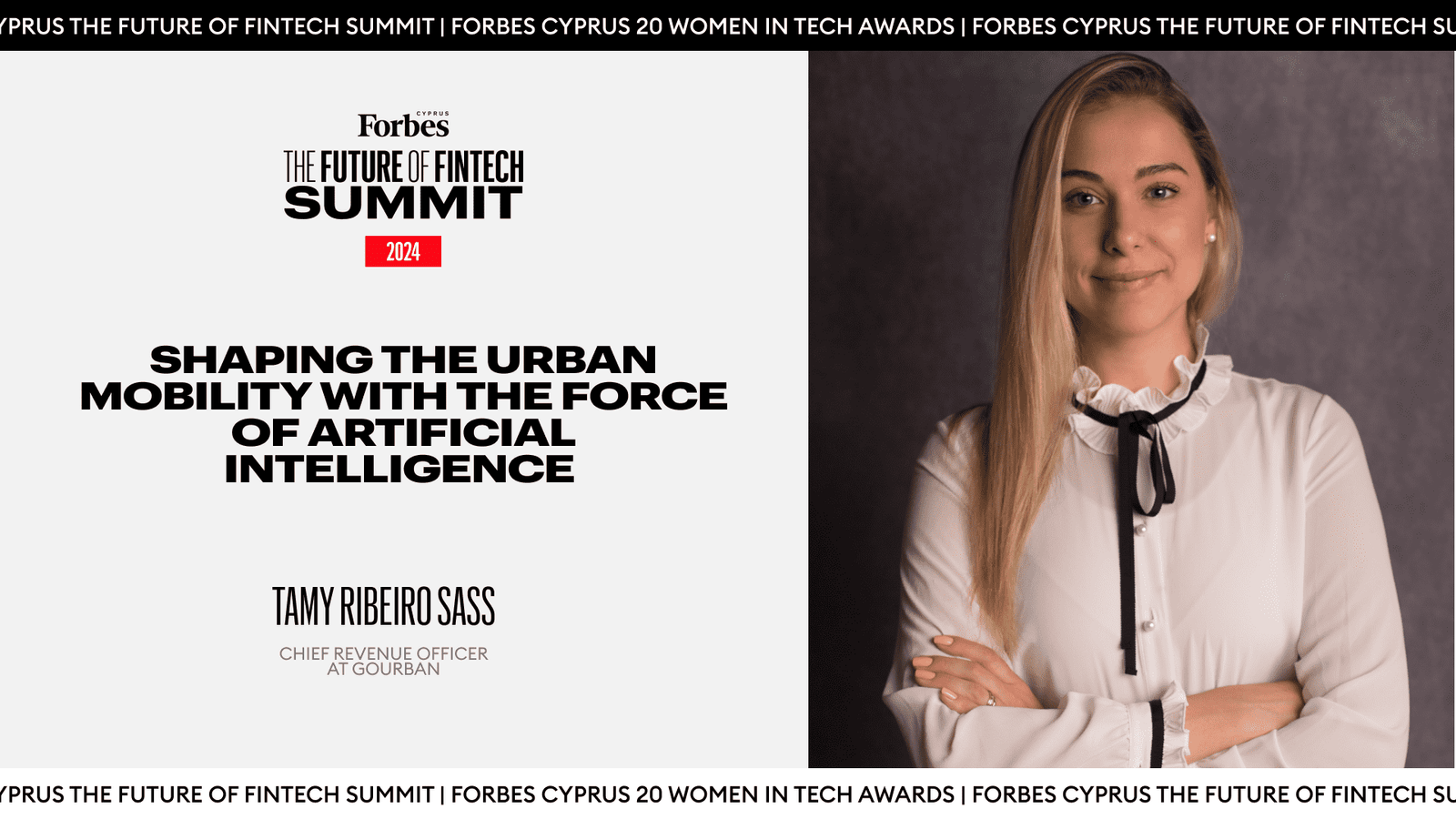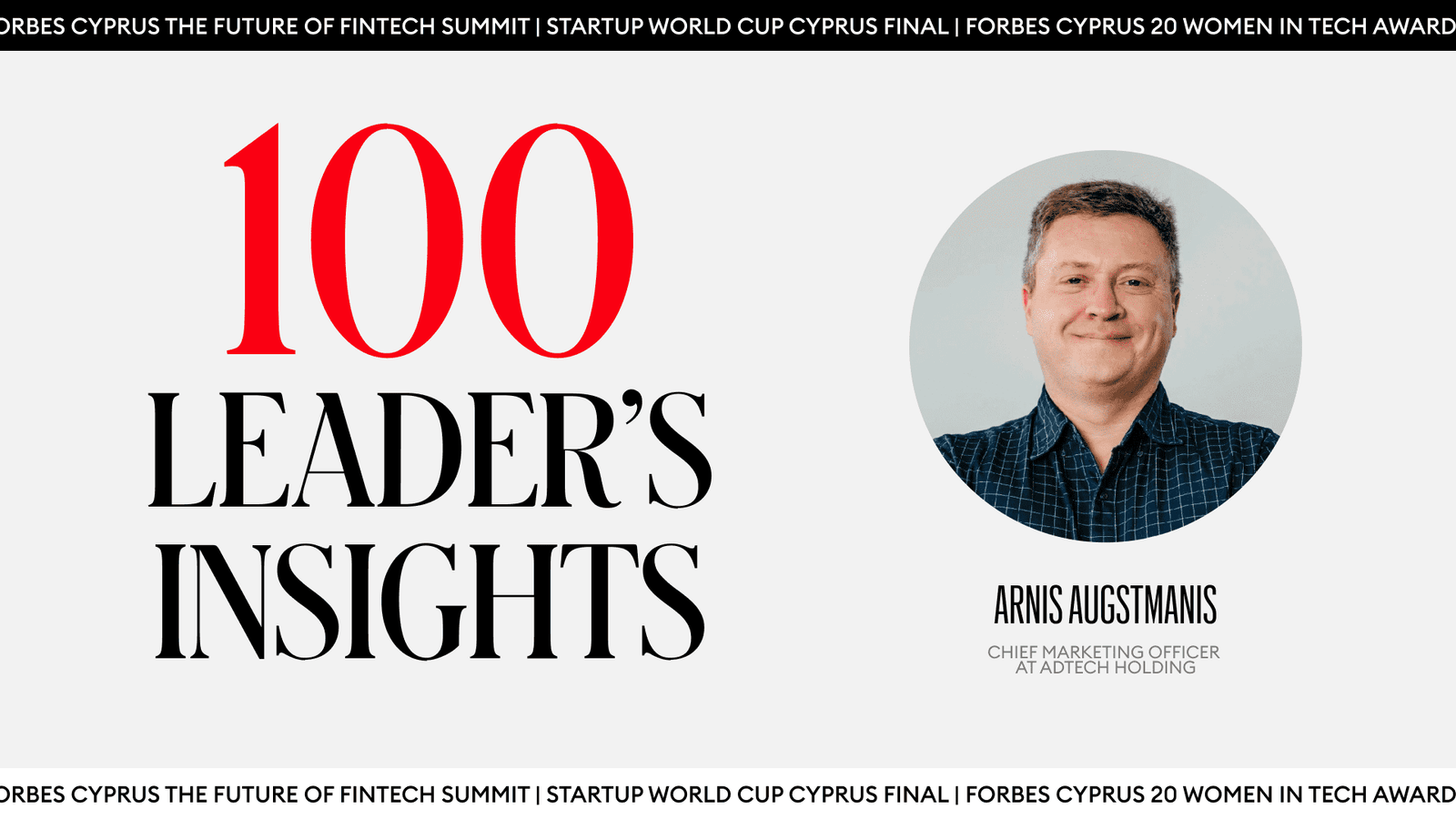Urban mobility is at the forefront of transformation, propelled by emerging technologies such as AI and XR and evolving consumer preferences.
In a captivating dialogue with Tamy Ribeiro Sass, the visionary CRO of goUrban, we delve into the future landscape of city mobility and the pivotal role played by innovative solutions.
The Future of Accessible Urban Spaces
Tamy believes that shared mobility technology is a transformative force in creating accessible urban spaces. Citing research from UC Berkeley’s Transportation Sustainability Research Center, she highlights how one shared vehicle can replace up to 13 private cars, emphasizing the potential for reduced congestion and pollution. As remote and hybrid work arrangements gain traction post-Covid, Sass foresees a growing demand for flexible transportation options and pay-per-usage models.
“Imagine choosing your ride based on the day’s needs. Renting a convertible for a summer day, a spacious SUV for an IKEA run, or an e-bike for the weekend,” she says.
Introducing new urban mobility solutions isn’t just about launching new services; it requires meaningful change, political decisions, and strategic investment. Saas emphasizes the importance of stakeholder collaboration and engagement with operators, corporations, and cities to implement emerging technology, such as AI, that complies with local regulations globally.
“AI is a fundamental aspect of today’s city mobility and shared mobility services, impacting multiple areas from planning to operations. In urban mobility, AI influences the entire ecosystem through predictive analytics for decision-making, incident and damage detection, route optimization, and more,” Tamy states.
Embracing Sustainability for a Better Tomorrow
Integrating eco-friendly practices into a mission of transforming urban mobility with a minimal environmental footprint is a great initiative. GoUrban’s feature of calculating CO2 emissions for each journey inspires users to understand their environmental impact and educates them on their choices’ tangible differences.
“Sharing vehicles extends beyond the impact of reducing emissions during a ride; it decreases pollution from the production phase,” asserts Tamy. She underscores how the shared mobility model drives demand for higher quality vehicles that are maintained to higher standards to ensure safety, efficiency, and a lower environmental impact over time.
“The potential of EVs is significant, with a considerable CO2 emissions decrease, with even greater reductions as we transition to greener power sources,” emphasizes Sass. She also stresses the importance of addressing noise and air pollution, stating that it’s an essential part of the sustainable transition.
Tamy predicts a future where vehicles are not just self-driving but also integrated into the broader mobility ecosystem, optimizing everything from parking to traffic management and logistics.
She envisions that “We are getting ready for a future where vehicles not only transport you efficiently but also move and park themselves in designated areas, helping cities become more organized and less congested”.
Designing Future-Ready Transportation Infrastructure
Tamy also notes that many cities face constraints in adopting new mobility solutions due to space or resource limitations.
“When we think about the mobility pattern changes over the last years, it’s clear that a crucial lesson for any city is the importance of designing infrastructure with the flexibility to adapt to future needs,” she says.
Sass underscores the importance of urban environments being both interconnected and enhanced by technologies like AI, while also remaining liveable for residents. She believes that striking this balance is essential for developing cities that are dynamic, but sustainable and ready for future developments and upgrades in technology.
Tamy explains, “Our platform features numerous operators integrated into a Mobility-as-a-Service (MaaS) ecosystem, which significantly enhances the flexibility and accessibility of urban transit options”.
She highlights the provision of open APIs to enable seamless integration of fleets or technologies with their platform. This, she believes, not only facilitates participation in local and global mobility ecosystems but also improves the overall urban mobility experience by allowing users to effortlessly switch between different modes of transport.
Harnessing Data & AI for Enhanced Mobility Services
Tamy Ribeiro Sass emphasizes the pivotal role of data in operations. “Data is the backbone of our work and decisions” she highlights and adds that the development of a comprehensive suite of features aimed at enhancing shared mobility services by seamlessly integrating them into operations.
Sass elaborates on goUrban’s approach, which includes configurable pricing to accommodate flexible rates based on demand and location.
Additionally, she mentions the implementation of automatic performance trackers per location to monitor and refine customer performance across different regions.
The utilization of heatmaps provides vital insights into user activity, while tags and labels enable the quick identification of needs or trends related to vehicles, user demographics, or locations, among other factors. She emphasizes the fundamental role of data and AI in optimizing operators’ performance, stating that it makes shared mobility more connected and responsive to the needs of cities and communities.
“At goUrban, AI is a key optimization factor. Our system is integrated with Carvaloo via INVERS, for example, detecting damages in real-time, so you are notified right away about any incident and the severity of it. We also utilize AI for vehicle dispatching in pre-booking scenarios, using algorithms to assign the best vehicle in each category for rental. Additionally, we have dynamic pricing, integrated chatbots, and several AI-driven solutions to improve our services,” Tamy explains.
Navigating Regulatory Challenges for Urban Mobility
Reflecting on the evolution of the mobility sector, Saas acknowledges the significant lessons learned in recent years by companies like Bird and Uber initiating a mobility revolution and launching aggressively, often disregarding regulations.
This approach had both benefits and drawbacks, as it accelerated the recognition of the urgent need for innovative solutions in urban transport, hastening the evolution.
However, Sass also highlights the long-term challenges associated with this approach. Shared mobility providers were sometimes perceived as mere revenue sources for governments, rather than strategic allies, creating friction with citizens. The pressure to rapidly scale up, driven by venture capital backing, led to regulations that prioritized capitalizing on new services over their integration into the urban landscape. Consequently, many operators struggled to sustain their business models.
As the market consolidates, there is a notable shift towards prioritizing profitability over rapid growth. “Investors recognized that long-term viability is more critical than growth at any cost. We’re seeing a growing understanding from cities, too, which are starting to perceive shared mobility as a key piece of the urban transport puzzle,” Tamy notices.
Despite these positive developments, achieving an ideal regulatory balance remains a challenge. Negotiations with city officials can be prolonged, and changes in local government may disrupt progress. Sass emphasizes the need for a dynamic regulatory environment that can adapt to the pace of innovation, enabling mobility operators to function effectively and sustainably.
Collaborating for Sustainable and Inclusive Mobility Solutions
Tamy Ribeiro Sass highlights the importance of collaboration between the public and private sectors in addressing urban mobility challenges.
“We actively engage in ongoing discussions related to urban mobility, constantly looking for insights from policymakers and industry peers on best practices” she notes.
She emphasizes a proactive approach, that ensures prompt ways to implement improvements to enhance safety and efficiency.
“Our sector is formed by a unified community of stakeholders, committed to assisting cities in understanding and adopting global best practices”. She explains their collaborative efforts: “By having open communication and collaborating closely with local governments and other partners, we try to create solutions that meet the needs of diverse scenarios. This collaborative effort is fundamental for developing innovative and effective transportation systems for the cities of today and tomorrow”.
The Impact of AI on City Mobility and Autonomous Vehicles
Tamy Ribeiro Sass emphasizes the transformative influence of AI on urban mobility and the evolution of autonomous vehicles, underscoring, “Using AI wisely allows us to be safer and smarter to improve the experience and reach our goals faster. It has been the heart of autonomous vehicles from the start, helping vehicles understand their surroundings and decide what to do next, which is crucial for safe driving”.
As cities evolve and embrace technological advancements, and urban mobility, driving innovation, sustainability, and inclusivity in transportation systems worldwide, AI will be more and more integrated with every process on the way.






